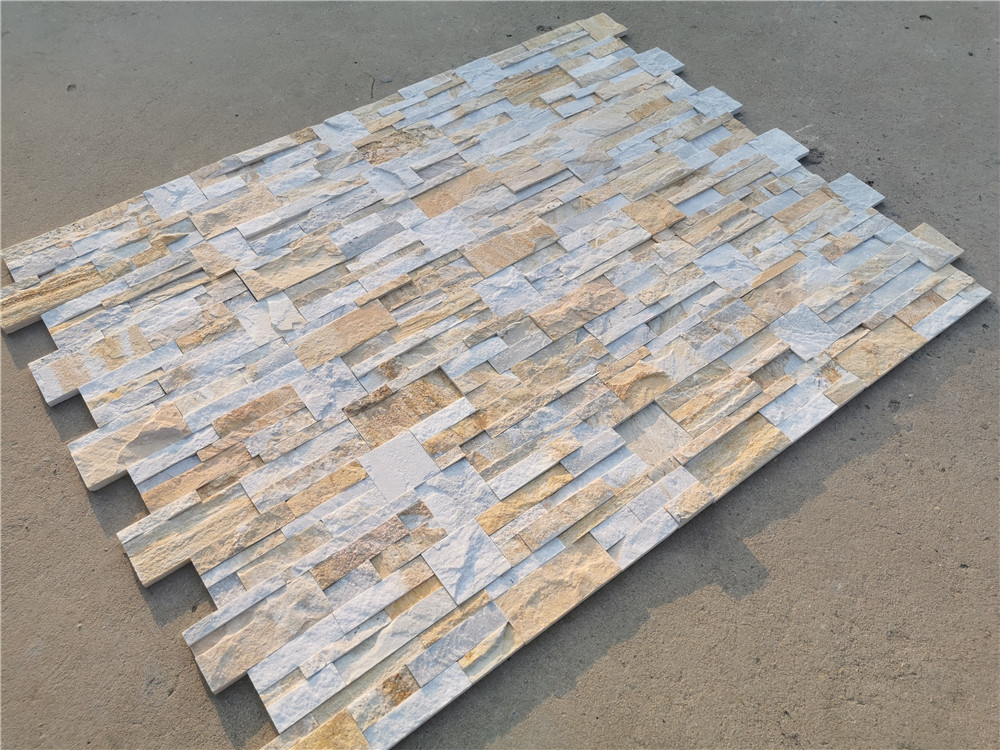The Revolution of Precast Cultured Stone A Comprehensive Guide

Introduction:
The construction industry has seen significant advancements in building materials and techniques over the years. One such innovation that has gained popularity in recent times is precast cultured stone. This versatile material offers a wide range of benefits and applications, making it a preferred choice for architects, designers, and builders alike. In this comprehensive guide, we will delve into the world of precast cultured stone, exploring its origins, manufacturing process, advantages, applications, and future prospects.
Origins of Precast Cultured Stone:
Precast cultured stone, also known as simulated stone veneer or architectural stone, traces its origins back to the mid-20th century. Developed as a lightweight alternative to natural stone, precast cultured stone is created by casting concrete in molds that are designed to replicate the appearance of various types of natural stone. The result is a product that closely resembles the texture, color, and shape of traditional stone, but at a fraction of the cost and weight.
Manufacturing Process:
The manufacturing process of precast cultured stone involves several key steps that contribute to its quality and durability. The process begins with the selection of high-quality raw materials, including cement, aggregates, pigments, and additives. These materials are carefully mixed in precise proportions to create a homogeneous mixture that will form the base of the cultured stone.
Next, the mixture is poured into molds that are engineered to replicate the desired stone texture and shape. These molds can be customized to create a wide variety of stone patterns, from rugged ledgestone to smooth fieldstone. Once the mixture has been poured, it is allowed to cure and harden, usually in a controlled environment to ensure optimal strength and durability.
After curing, the precast cultured stone is demolded and undergoes additional finishing processes to enhance its appearance. This may involve sandblasting, hand-carving, or painting techniques to achieve the desired texture, color, and detailing. The end result is a high-quality product that closely mimics the look and feel of natural stone, but with added benefits in terms of consistency, cost-effectiveness, and ease of installation.
Advantages of Precast Cultured Stone:
Precast cultured stone offers a wide range of advantages compared to natural stone and other building materials. Some of the key benefits of precast cultured stone include:
1. Cost-Effectiveness: Precast cultured stone is more affordable than natural stone, making it a cost-effective option for homeowners and builders looking to achieve a high-end look without breaking the bank.
2. Lightweight: Precast cultured stone is significantly lighter than natural stone, which makes it easier to handle, transport, and install. This lightweight nature also reduces the structural load on buildings, making it a suitable choice for a wide range of applications.
3. Customization: Precast cultured stone can be customized to suit individual preferences and design requirements. With a wide variety of colors, textures, and shapes available, architects and designers have the flexibility to create unique and innovative designs.
4. Durability: Precast cultured stone is highly durable and resistant to weathering, fading, and damage. It can withstand harsh environmental conditions, making it a long-lasting solution for both interior and exterior applications.
5. Easy Installation: Precast cultured stone is easy to install, requiring minimal time and labor compared to natural stone. This can result in cost savings and faster project completion times.
Applications of Precast Cultured Stone:
Precast cultured stone is a versatile material that can be used in a wide range of applications, both residential and commercial. Some common applications of precast cultured stone include:
1. Exterior Cladding: One of the most popular uses of precast cultured stone is as an exterior cladding material for residential homes, commercial buildings, and architectural facades. Its aesthetic appeal and durability make it an ideal choice for enhancing the look of any structure.
2. Fireplaces: Precast cultured stone is a popular choice for fireplace surrounds and mantels, adding a touch of elegance and warmth to any living space. Its heat-resistant properties make it a safe and practical option for use around fireplaces.
3. Interior Walls: Precast cultured stone can be used to create feature walls, accent walls, and decorative panels in interior spaces such as living rooms, kitchens, and bathrooms. Its versatility in terms of color and texture allows for endless design possibilities.
4. Landscaping: Precast cultured stone can be used to create stunning landscaping features such as retaining walls, garden borders, and outdoor kitchens. Its natural appearance blends seamlessly with outdoor environments, enhancing the overall aesthetic appeal of the landscape.
Future Prospects of Precast Cultured Stone:

As the construction industry continues to evolve, the future prospects of precast cultured stone look bright. Advancements in manufacturing technology, design capabilities, and sustainability practices are expected to further enhance the appeal and versatility of this innovative building material. With growing emphasis on eco-friendly and cost-effective construction solutions, precast cultured stone is poised to become an increasingly popular choice for architects, designers, and builders worldwide.
In conclusion, precast cultured stone represents a revolution in the world of building materials, offering a perfect blend of aesthetics, durability, and affordability. Stone veneer for architectural accents and wide range of applications make it a preferred choice for a variety of construction projects, from residential homes to commercial buildings. With its numerous advantages and potential for customization, precast cultured stone is set to redefine the way we think about traditional stone materials.
